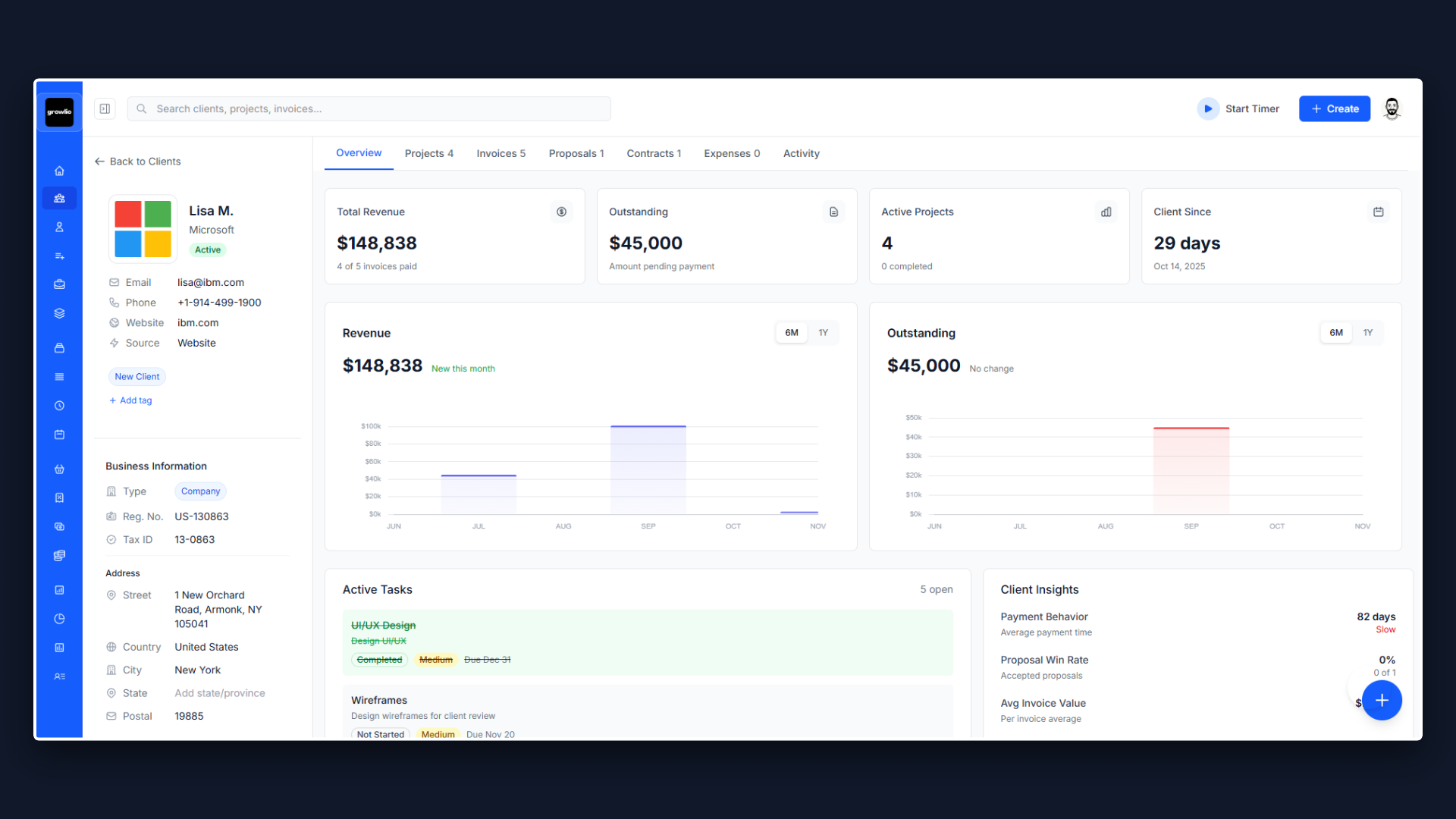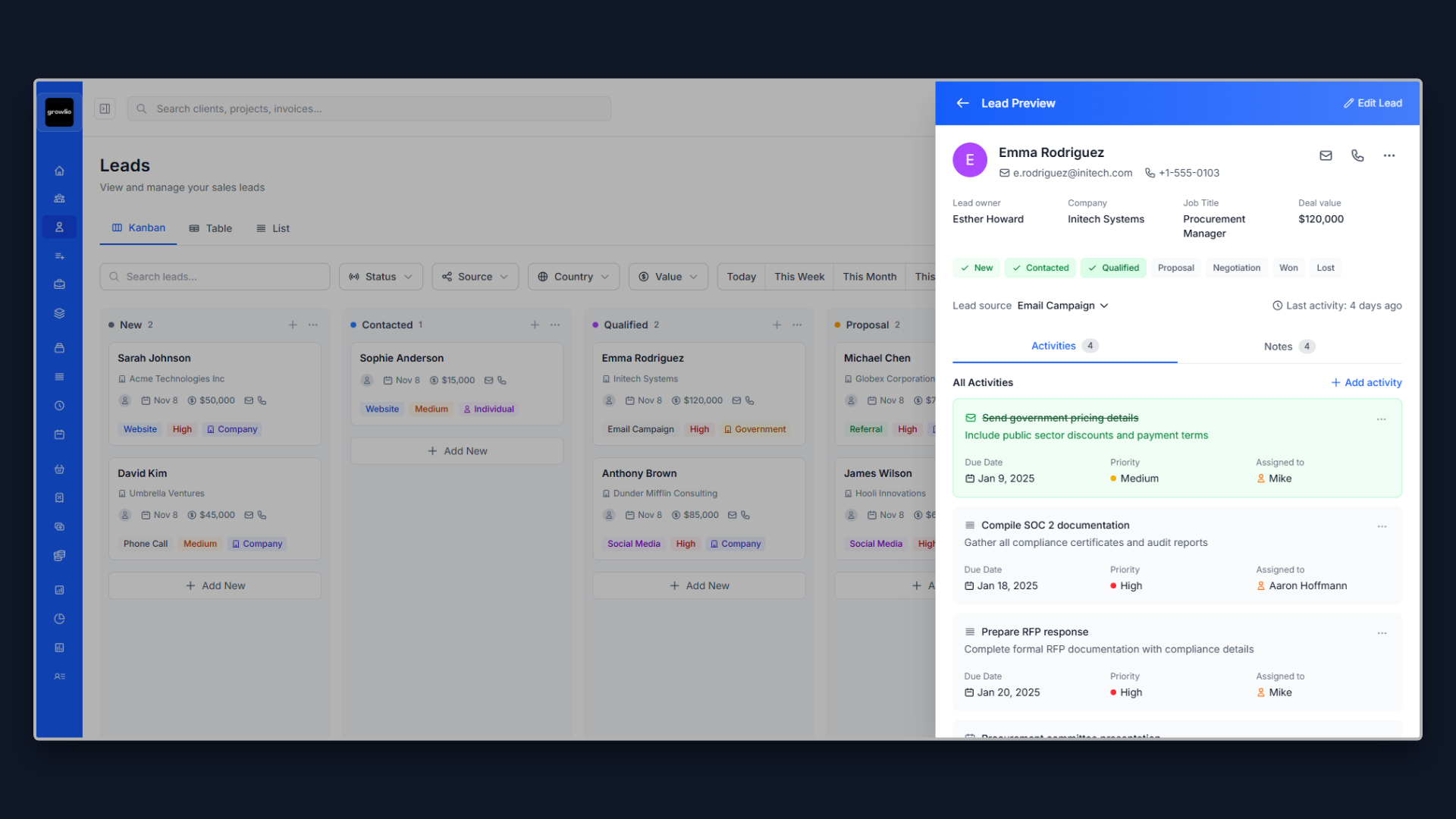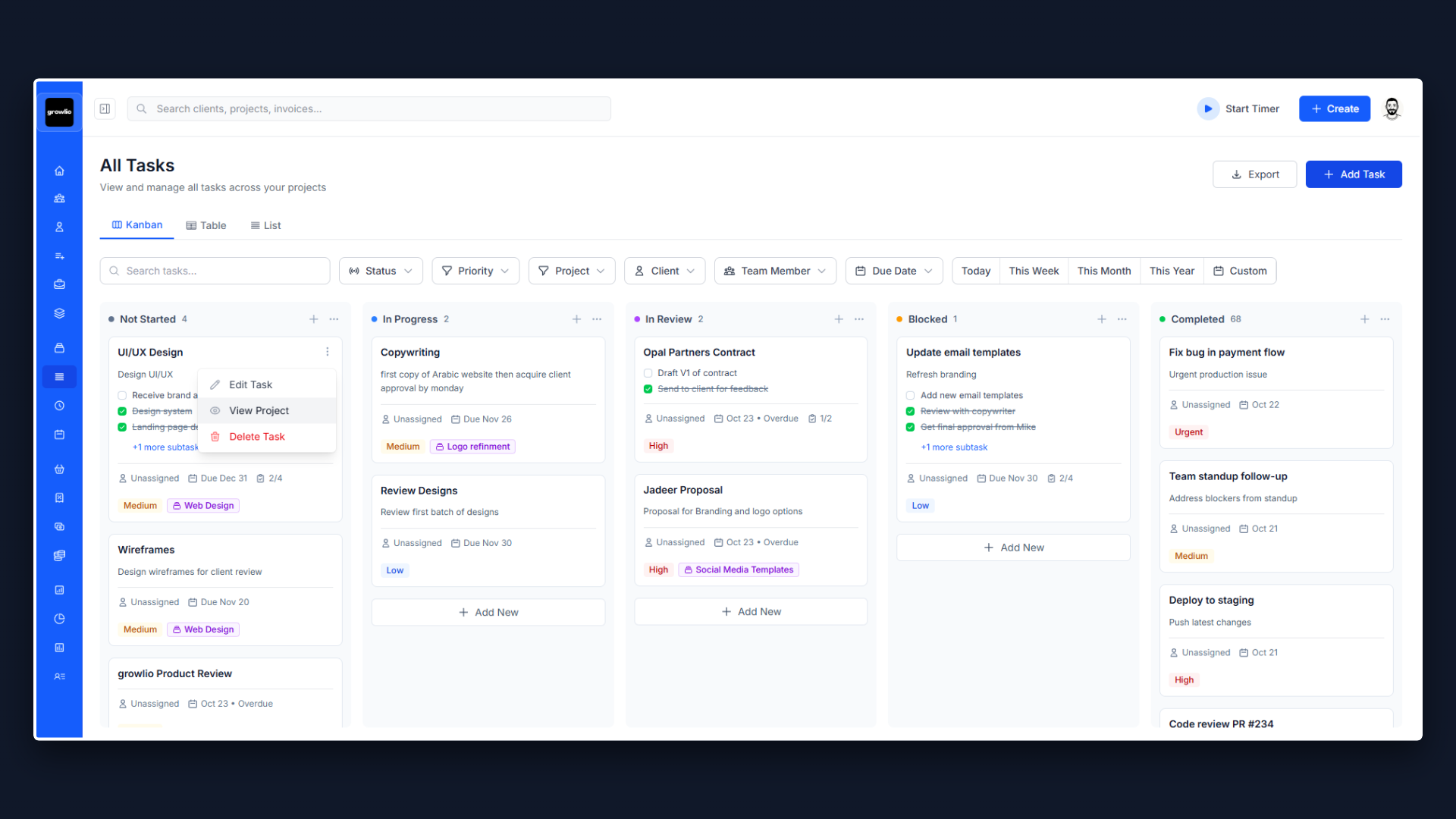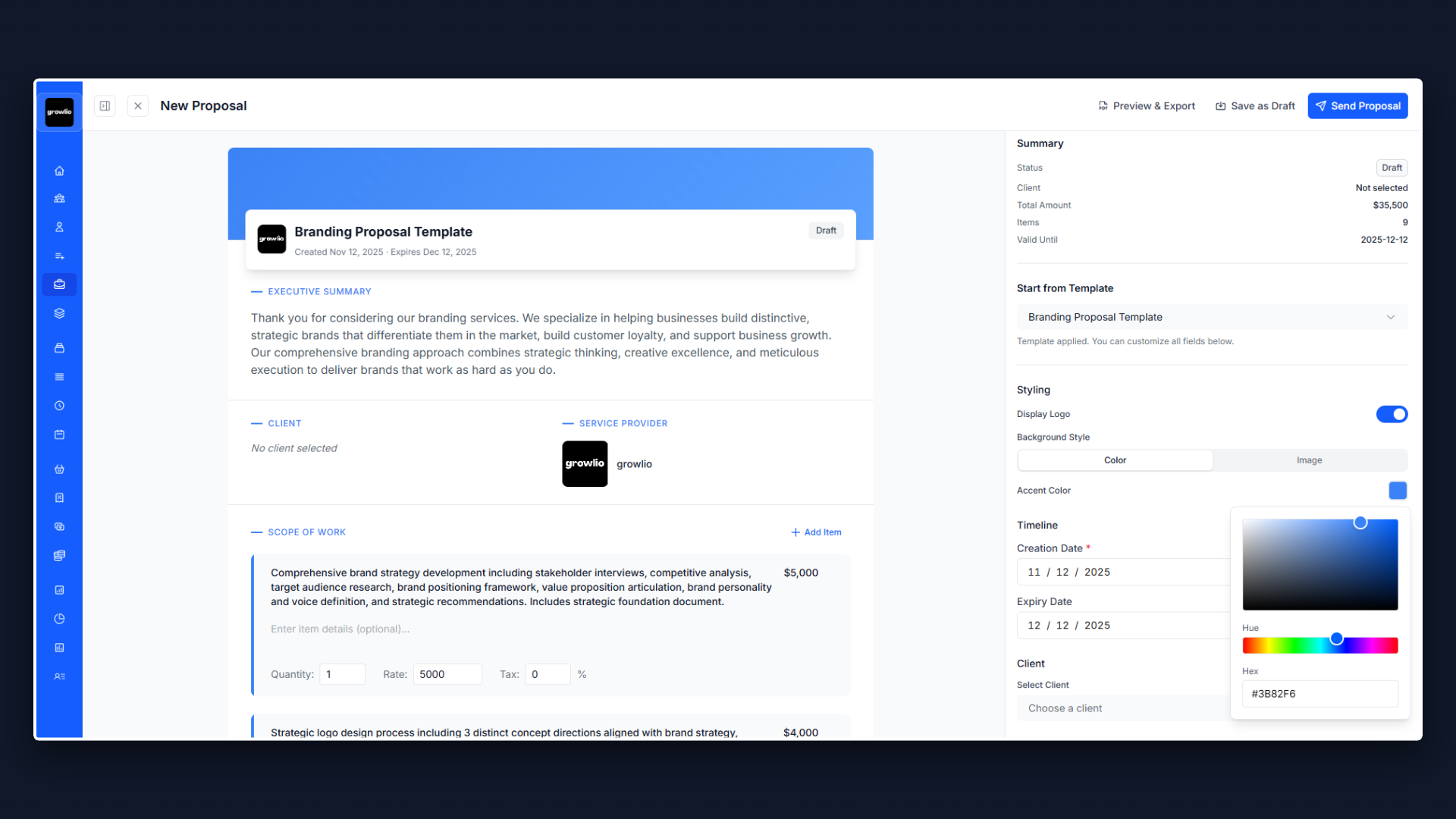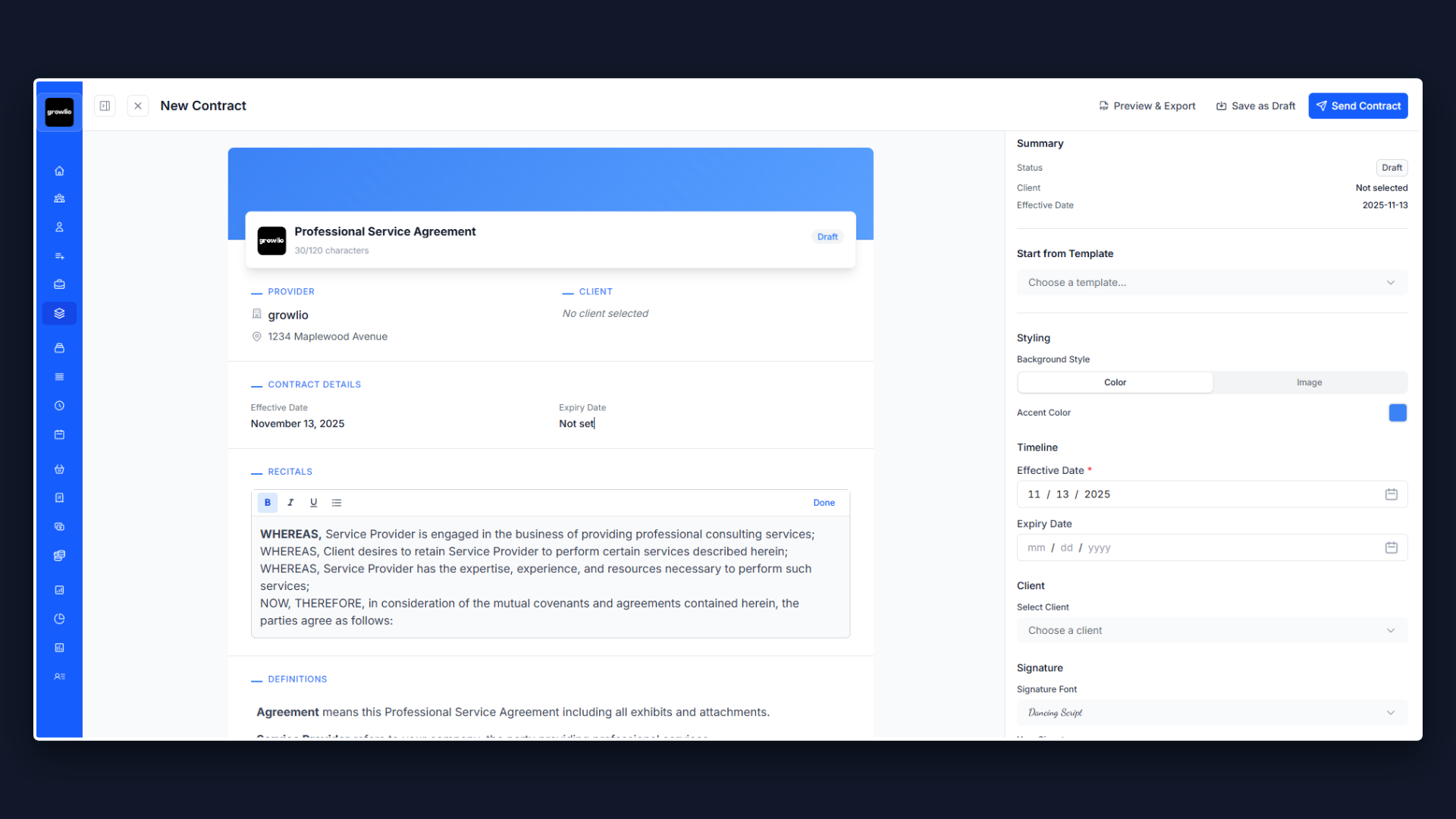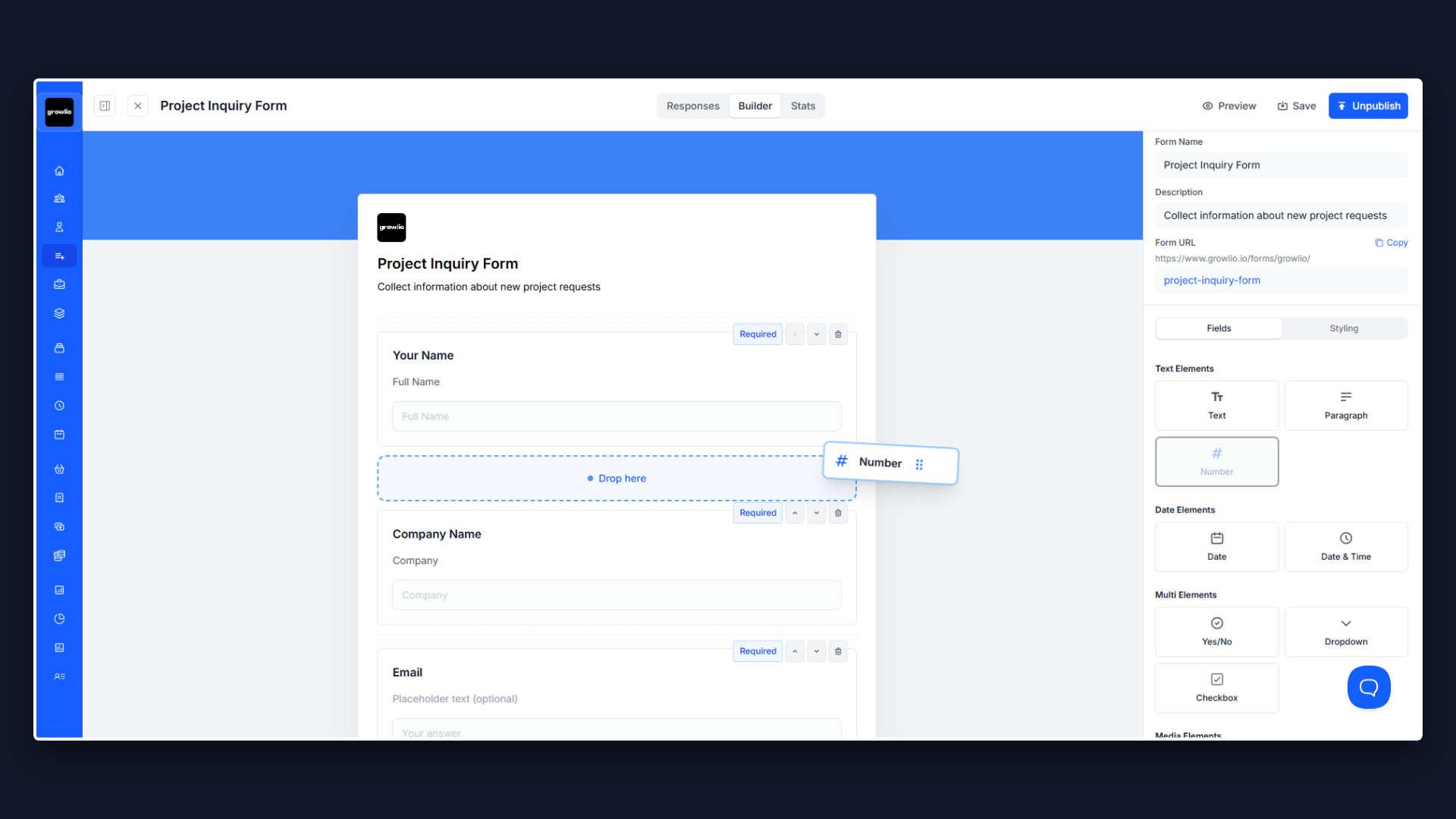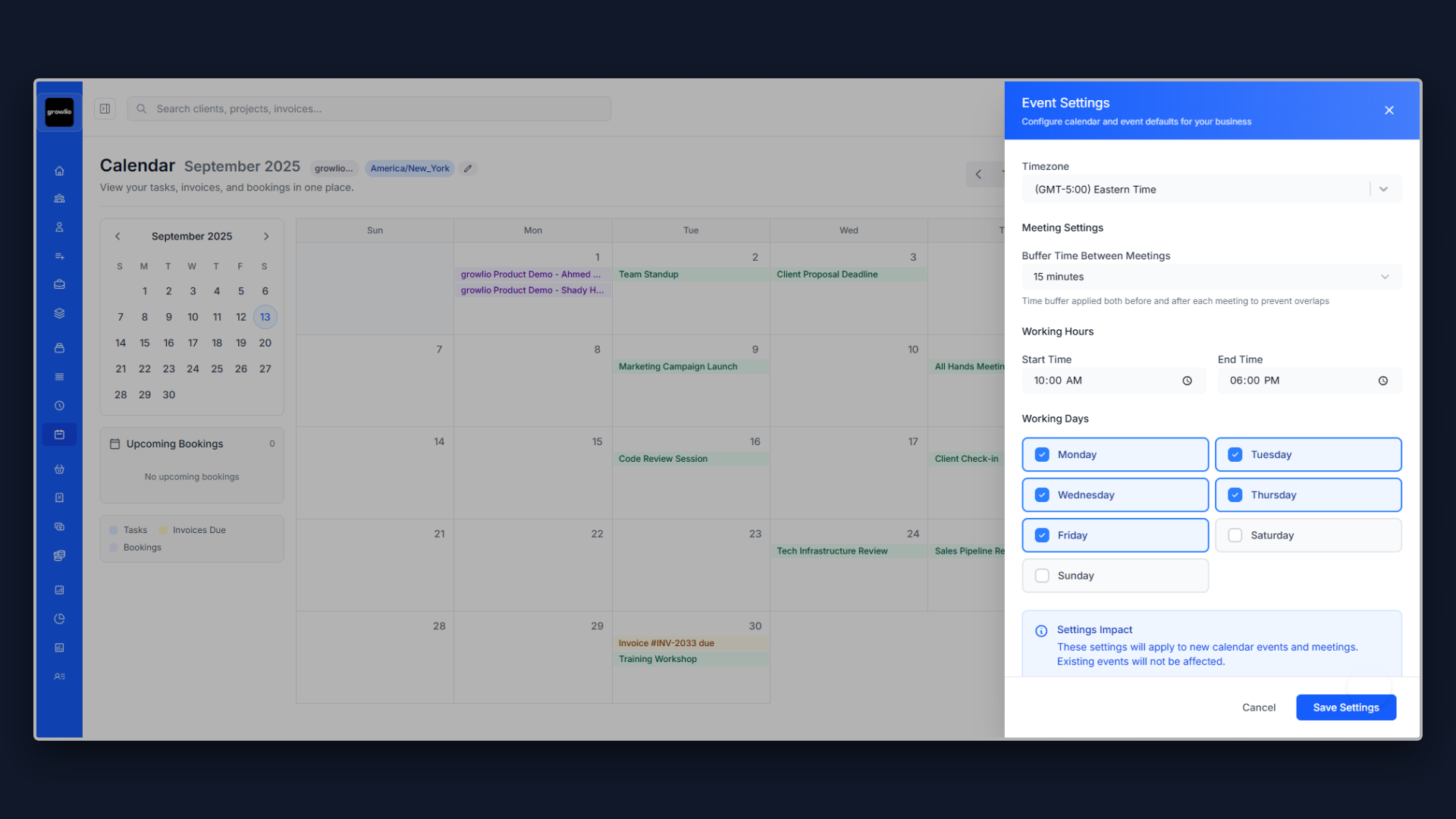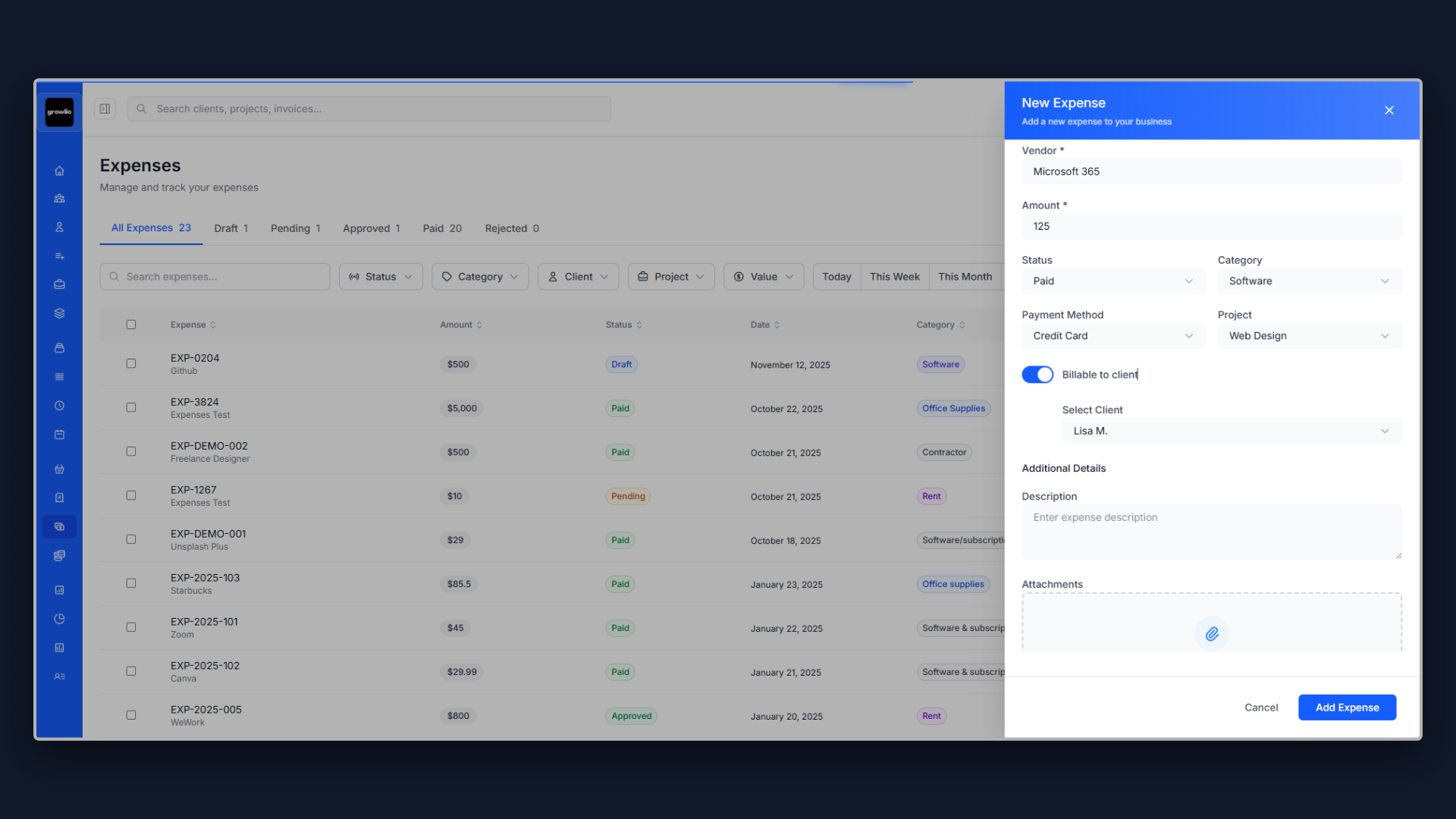Why Your Audit Proposal Determines Client Confidence
In the audit profession, trust isn't just important—it's everything. Before a business opens their books, shares sensitive financial data, or grants access to internal systems, they need absolute confidence in your competence, integrity, and methodology. Your audit proposal is where that trust begins.
The audit industry generates over $140 billion globally, with increasing regulatory requirements driving demand for external audits, internal control assessments, and compliance reviews. Yet many talented auditors struggle to win engagements because their proposals fail to communicate their value proposition clearly or differentiate them from competitors.
Your audit proposal needs to accomplish several critical objectives simultaneously: demonstrate deep understanding of their industry and regulatory environment, prove you have the technical expertise to conduct a thorough examination, outline a clear, systematic methodology that reduces disruption, address concerns about cost, timeline, and business interruption, and build confidence that you'll deliver actionable insights, not just compliance. This is a complex communication challenge, but with the right structure, your proposals become powerful tools for winning audits and building long-term client relationships.
1. Open With Industry-Specific Risks, Not Generic Audit Benefits
The biggest mistake auditors make is leading with generic statements like "We provide comprehensive audit services" or "Our team has 50 years of combined experience." Prospects don't care about your credentials yet—they care about their specific risks and challenges.
Start by demonstrating you understand the unique pressures in their industry. For a healthcare organization, open with: "Healthcare organizations face unprecedented regulatory scrutiny following recent enforcement actions by CMS and the OIG. With RAC audits recovering over $2 billion in improper payments last year, and penalties for compliance violations reaching seven figures, your audit isn't just a regulatory requirement—it's critical risk management. You need auditors who understand HIPAA privacy rules, stark law implications, Medicare cost reporting, and the complex revenue cycle issues specific to healthcare providers."
For a publicly-traded company: "As a publicly-traded company, you're navigating Sarbanes-Oxley compliance, SEC reporting requirements, and increasing investor scrutiny of internal controls. A single material weakness in your financial reporting can tank your stock price and trigger shareholder litigation. You need auditors who understand not just GAAP, but the specific risks in your industry, the internal control frameworks that actually work, and how to communicate findings to your audit committee effectively."
This approach immediately proves you've done your homework and understand what keeps them up at night. Now they're ready to hear how you'll address these specific concerns.
2. Define Audit Scope With Precision to Avoid Scope Creep
Vague scope definitions create problems for everyone. Clients worry about unexpected fees. Auditors end up doing work they didn't price for. Be crystal clear about what you will and won't examine.
Structure your scope definition clearly: Financial Statement Audit - In Scope: Examination of balance sheet, income statement, cash flow statement, and statement of changes in equity for the year ending December 31, 2025. Assessment of internal controls over financial reporting. Testing of revenue recognition, accounts receivable, inventory valuation, fixed assets, accounts payable, accrued liabilities, debt covenants, and equity transactions. Review of related party transactions and subsequent events. Evaluation of going concern assumptions and disclosures.
Out of Scope (Available as Additional Services): Tax return preparation and tax planning. Valuation of complex financial instruments or business combinations. Fraud investigation or forensic accounting. IT security assessment beyond financial systems. Operational efficiency or performance auditing. Employee benefit plan auditing. International subsidiary audits (if applicable).
Key Assumptions: Client will provide requested documentation within agreed timelines. Financial records are maintained using [accounting software]. Client has documented accounting policies and procedures. Previous year audit workpapers available for review (if applicable). Management will provide representation letter and access to personnel.
This level of detail prevents misunderstandings and sets realistic expectations from the outset. It also makes it easy to quote additional services if needed.
3. Outline Your Audit Methodology to Build Confidence
Clients who've never been audited feel anxious about the process. Even experienced clients want to know your approach differs from (and improves upon) previous auditors. A clear methodology section demonstrates professionalism and reduces anxiety.
Present your audit approach in clear phases:
Phase 1: Planning & Risk Assessment (Weeks 1-2)
Entrance conference with management to discuss objectives and timeline. Review of prior audit reports, financial statements, and tax returns. Understanding of business operations, revenue streams, and key processes. Industry and regulatory environment analysis. Identification of significant accounts and assertions. Assessment of fraud risk factors and internal control environment. Development of audit plan and materiality thresholds. Documentation of audit strategy and testing approach.
Phase 2: Internal Control Evaluation (Weeks 2-4)
Walkthroughs of key business processes and accounting cycles. Documentation of internal control design and implementation. Testing of key controls for operating effectiveness. Identification of control deficiencies, significant deficiencies, or material weaknesses. Assessment of IT general controls and application controls. Evaluation of segregation of duties and authorization procedures. Recommendations for control improvements.
Phase 3: Substantive Testing (Weeks 4-8)
Detailed testing of transactions and account balances. Confirmation of accounts receivable, accounts payable, and debt. Physical observation of inventory (if applicable). Analytical procedures comparing current year to prior periods and industry benchmarks. Testing of revenue recognition and cut-off procedures. Examination of significant estimates and judgments. Review of contracts, agreements, and board minutes. Subsequent event review through report date.
Phase 4: Reporting & Communication (Weeks 8-10)
Discussion of findings with management. Resolution of outstanding items and questions. Preparation of draft financial statements and notes. Review of disclosures for completeness and accuracy. Drafting of audit opinion and management letter. Presentation to audit committee or board of directors (if applicable). Issuance of final audit report and management letter. Exit conference and discussion of recommendations.
This roadmap shows you have a systematic, thorough approach. It also helps clients plan for when they'll need to provide information and make key personnel available.
4. Address Materiality and Testing Thresholds Transparently
Many clients don't understand materiality—the concept that auditors test for significant errors, not every penny. Explaining materiality builds trust and sets realistic expectations.
Explain your approach: "Materiality is the threshold above which misstatements could influence the economic decisions of users relying on the financial statements. We establish materiality levels during planning based on benchmarks appropriate to your organization (typically 0.5-1% of total assets, 1-2% of revenue, or 5-10% of net income)."
"For example, if your revenue is $50 million, we might set overall materiality at $500,000 (1% of revenue). This means we design our audit procedures to detect errors or omissions exceeding this threshold. For certain accounts like cash or related party transactions, we use lower, more sensitive thresholds."
"This doesn't mean we ignore small errors. We accumulate all identified misstatements and evaluate them both individually and in aggregate. If uncorrected misstatements approach materiality levels, we'll discuss them with management and determine if adjustments are necessary."
This transparency demonstrates you're following professional standards while helping clients understand why audits involve sampling and testing rather than examining every transaction.
5. Present Realistic Timelines With Client Responsibility Callouts
Audit delays frustrate everyone. Often they result from clients not understanding when their input is needed. A detailed timeline with clear client responsibilities prevents these problems.
Create a timeline that shows both parties' obligations:
Week 1-2: Planning Phase
Auditor: Schedule entrance conference, request documentation list, conduct preliminary analytical review
Client: Attend entrance conference, assign internal point of contact, begin gathering requested documents
Key Deliverable: Audit planning memo and documentation request list
Week 3-4: Interim Testing
Auditor: Perform control walkthroughs, test key controls, document accounting systems
Client: Provide access to personnel for interviews, make systems available for testing, provide process documentation
Key Deliverable: Internal control documentation and preliminary findings
Week 5-6: Substantive Procedures Begin
Auditor: Mail confirmation requests, begin detailed testing of transactions, perform analytical procedures
Client: Prepare account reconciliations, provide supporting documentation, respond to information requests within 48 hours
Key Deliverable: Confirmation requests sent
Week 7-8: Field Work Completion
Auditor: Complete substantive testing, resolve outstanding items, perform subsequent event review
Client: Provide final requested documents, respond to any follow-up questions, prepare management representation letter
Key Deliverable: Testing substantially complete
Week 9: Review & Quality Control
Auditor: Complete internal quality review, draft financial statements and audit report, prepare management letter
Client: Review draft financial statements, provide feedback on disclosures
Key Deliverable: Draft financial statements and audit report
Week 10: Reporting & Exit Conference
Auditor: Issue final audit report, present findings to audit committee/board, conduct exit conference
Client: Sign management representation letter, attend exit conference
Key Deliverable: Final audit report and management letter
Critical Success Factor: Timely client response to information requests. Delays in providing documentation or answering questions extend the timeline. We recommend designating an internal project manager to coordinate document requests and ensure prompt responses.
This collaborative timeline shows you're organized while making clear that audit completion requires partnership.
6. Explain Your Team Structure and Who Does What
Clients want to know who they'll be working with and what expertise each person brings. A clear team structure demonstrates you have appropriate resources and expertise.
Present your team clearly: Engagement Partner - [Name], CPA
Overall engagement responsibility and quality control. 20+ years of audit experience with [industry] expertise. Reviews all significant judgments and conclusions. Presents findings to audit committee and board. Primary contact for management and governance.
Engagement Manager - [Name], CPA
Day-to-day engagement management and supervision. 10+ years of audit experience including 5 years with [industry] clients. Oversees fieldwork and reviews all workpapers. Coordinates with client personnel on information requests. Manages engagement timeline and budget.
Senior Auditor - [Name], CPA Candidate
Performs substantive testing and prepares workpapers. 3-5 years of audit experience. Primary on-site presence during fieldwork. Conducts interviews and process walkthroughs. Prepares audit documentation and draft findings.
Staff Auditors (2) - [Names]
Assists with detailed testing and documentation. 1-2 years of audit experience. Performs account reconciliations and confirmations. Supports senior auditor with testing procedures.
Quality Review Partner - [Name], CPA
Independent quality control review (for public companies or complex engagements). Not involved in day-to-day work, ensuring objective review. Reviews significant accounting treatments and disclosures. Concurs with audit opinion before issuance.
This structure shows you have the right mix of experience and that senior people are genuinely involved, not just names on the proposal.
7. Include Sample Deliverables to Show What They'll Receive
Many clients, especially those new to audits, don't know what they'll actually get at the end. Showing examples of deliverables demonstrates professionalism and sets expectations.
Describe or show examples of: Audit Report: Independent auditor's opinion on financial statements (unqualified, qualified, or adverse). Basis for opinion and key audit matters. Description of management and auditor responsibilities. [Include sample report structure or actual anonymized example]
Management Letter: Identified control deficiencies and improvement recommendations. Operational inefficiencies or best practice suggestions. Accounting policy considerations and upcoming standard changes. Prioritized by significance and implementation effort.
Communication to Those Charged with Governance: Required communications per auditing standards. Significant accounting policies and estimates. Difficulties encountered during audit (if any). Uncorrected misstatements and their impact. Independence confirmation.
Financial Statement Package: Audited balance sheet, income statement, statement of cash flows. Comprehensive notes to financial statements. Management's discussion and analysis (if applicable). Supplementary schedules (if required).
Showing what they'll receive demonstrates you deliver comprehensive, professional work products—not just a one-page opinion letter.
8. Address Independence and Quality Control Proactively
Independence is fundamental to audit credibility. Address it proactively in your proposal to demonstrate you understand its importance.
Explain your independence safeguards: "We maintain strict independence in accordance with AICPA Code of Professional Conduct and applicable regulatory requirements. Our firm has implemented the following safeguards: We do not provide bookkeeping, accounting, or other services that would result in auditing our own work. We do not maintain custody of client assets or have financial interests in client organizations. We do not have family relationships with client management or board members. We perform annual independence confirmations with all professionals on the engagement team. We rotate engagement partners every [5-7] years to maintain fresh perspective (for public companies)."
Also address your quality control processes: "Our firm maintains a comprehensive system of quality control meeting professional standards: Internal inspection program reviewing sample engagements annually. External peer review every three years by independent CPA firms (most recent review: [year], rating: pass). Continuing professional education exceeding minimum requirements for all professionals. Consultation procedures for complex accounting and auditing issues. Concurring partner review for public company and complex engagements."
This demonstrates you take independence and quality seriously—not just compliance checkboxes, but genuine commitment.
9. Provide Transparent, Detailed Pricing
Audit pricing anxiety is real. Some clients fear being lowballed only to face change orders. Others worry they're overpaying. Transparent pricing with clear assumptions builds trust.
Structure your pricing clearly: Audit Services Fee Breakdown: Planning and risk assessment: $8,000. Internal control evaluation and testing: $15,000. Substantive testing and analytical procedures: $35,000. Reporting and quality review: $7,000. Total Audit Fee: $65,000
Fee Assumptions: Revenue approximately $50 million with standard complexity. Single location with centralized accounting function. Financial records maintained in [accounting software]. Approximately 15 bank accounts, 500 customers, 200 vendors. No significant unusual transactions or accounting estimates. Client provides requested documentation within agreed timelines. Prior year audit workpapers available for review.
Additional Services (Optional, Quoted Separately): Tax return preparation and consulting: $8,000-$15,000. Internal control recommendations implementation support: $150/hour. Quarterly review services: $8,000 per quarter. Employee benefit plan audit: $12,000. Specialized valuation or forensic services: Quoted based on scope.
Billing Terms: 25% retainer upon engagement acceptance. Monthly progress billing based on hours incurred. Final invoice upon report issuance. Payment terms: Net 30 days.
Factors That Could Affect Fees: Significant changes in business operations or accounting systems. Discovery of material misstatements requiring additional procedures. Delays in receiving requested information (we bill for idle time). Significant accounting estimates requiring specialist involvement. Scope expansion requested by management or audit committee.
This transparency prevents surprise invoices and demonstrates you've carefully estimated the work required.
10. End With Clear Next Steps and Engagement Timeline
Don't leave prospects uncertain about what happens next. End with a clear path forward.
"We appreciate the opportunity to submit this proposal and look forward to serving as your independent auditors. Here's how to move forward:
Step 1: Proposal Review
Review this proposal with your management team and audit committee (if applicable). We're happy to answer questions or discuss any modifications to scope or timing. Schedule a call at [calendar link] or email [contact].
Step 2: Engagement Letter Execution
Upon acceptance, we'll provide a formal engagement letter outlining terms, responsibilities, and our professional standards compliance. Sign and return engagement letter with 25% retainer ($16,250). This secures your audit dates on our calendar.
Step 3: Planning Begins Immediately
Within 48 hours of engagement letter execution, we'll schedule your entrance conference. We'll send initial documentation request list. Planning phase begins with preliminary risk assessment and analytical review.
Step 4: Fieldwork Scheduling
We'll coordinate fieldwork dates with your team to minimize disruption. For a year-end audit, we typically conduct interim work in October/November and final fieldwork in January/February. You'll receive a detailed timeline showing key milestones and deliverables.
Questions or Need to Discuss?
Contact [Engagement Partner] at [phone] or [email]. Schedule a call at [calendar link]. We're here to make this process as smooth and valuable as possible."
This removes all friction from the decision process and demonstrates you're organized from first contact.
Final Thoughts on Audit Proposals
Your audit proposal is more than a price quote—it's the first demonstration of your professionalism, methodology, and attention to detail. It's proof that you can manage complex projects, communicate clearly, and deliver value beyond compliance.
The auditors who win the most engagements aren't always the cheapest or most established. They're the ones who make clients feel understood, demonstrate clear expertise in the client's industry, outline a methodology that reduces anxiety and business disruption, communicate transparently about scope, timing, and pricing, and make it easy to say yes.
Every proposal should be customized for the specific client and industry. Reference their specific regulatory environment, business model, and audit needs. Demonstrate your relevant experience without resorting to generic credentials. Be transparent about scope, limitations, and assumptions. And always, always make the next steps crystal clear.
Remember: a great audit proposal proves you understand their business and regulatory environment, demonstrates you have the methodology and expertise to deliver quality work, reduces their anxiety about cost, disruption, and timeline, and makes the engagement decision feel straightforward and low-risk. Get these elements right, and you'll win more audits—even when you're not the lowest bidder.
